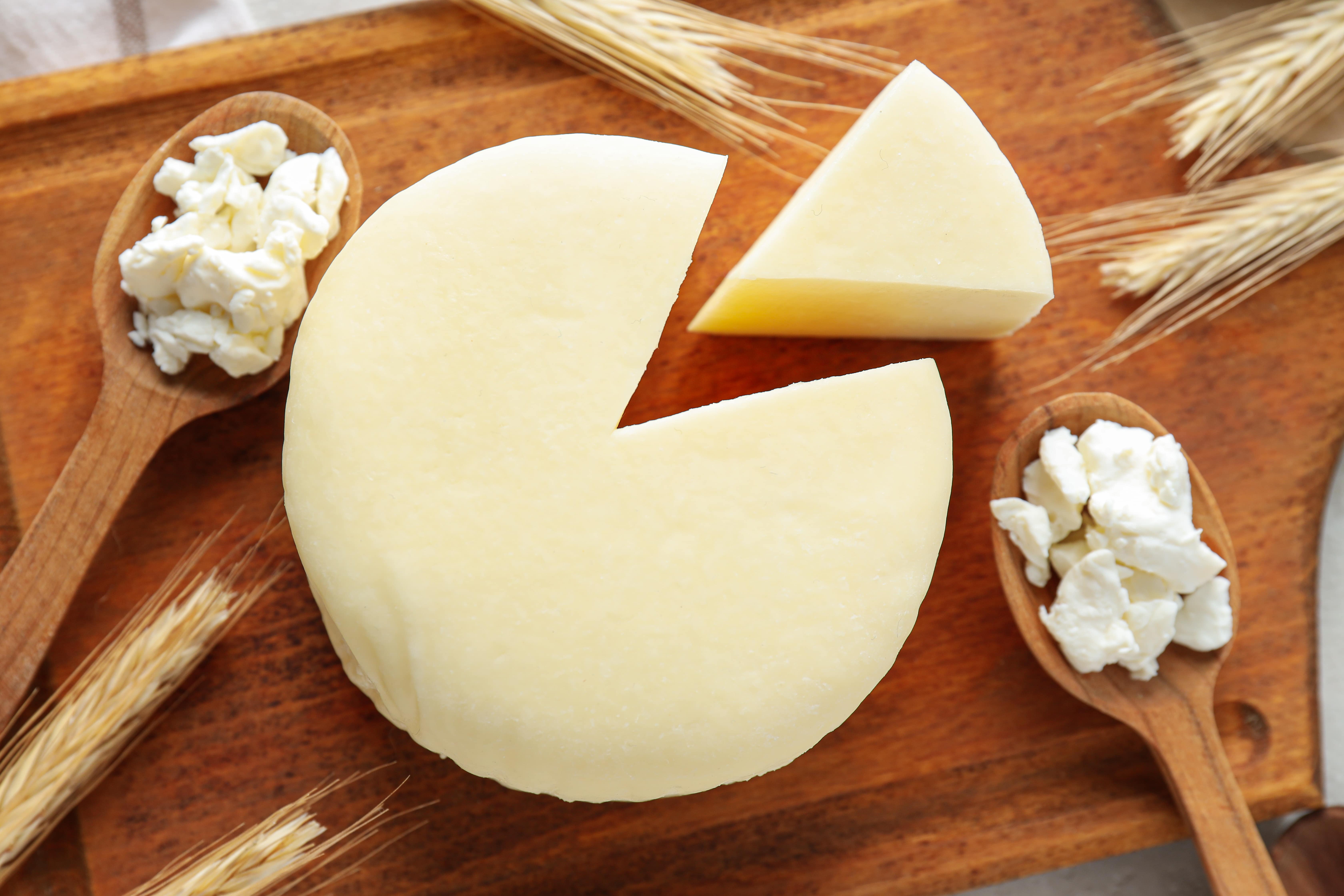Last Updated on May 21, 2025 by Admin
Table of Content
- Types of Food Packaging
- Latest advancements in food packaging
- Functions of Food Packaging
- The Need of Food Packaging Labels
- Advantages of Food Labelling
- Importance of Food Packaging
- The Importance of Food Labelling
- FSSAI Regulations for Food Packaging and Labelling
- Food Packaging Symbols
- Understanding Food Labels
- Conclusion
Have you ever wondered that, in a world where first impressions matter, how, in food industry, packaging and labelling caters to this demand? Food packaging and labelling form the backbone of the culinary world, quietly fulfilling essential roles in preserving freshness, ensuring safety, and providing valuable information to consumers. This article delves into the captivating realm of the importance of food packaging, exploring its types of food packaging, functions of food packaging, and the importance of food labelling. By understanding the advantages of food labelling and embracing innovative packaging solutions, the food industry can cater to evolving consumer demands while upholding safety and sustainability.
Types of Food Packaging
The evolution of food packaging has come a long way, catering to the diverse needs of consumers and the food industry. Let’s explore some of the most common types of food packaging:
01. Rigid Packaging: Materials like glass, metal, and hard plastic are widely used for packaging food items such as sauces, preserves, and beverages.
02. Flexible Packaging: Flexible packaging includes pouches, sachets, and films. This type of packaging is popular for snacks, frozen foods, and single-serve items, offering convenience and easy storage.
03. Aseptic Packaging: Aseptic packaging involves sterilizing the food and the packaging separately and then combining them in a sterile environment.
Latest advancements in food packaging
- Smart/Intelligent packaging
- Edible packaging
- Anti-microbial packaging
- Water soluble packaging
- Self-heating and self-cooling packaging
- Nanocomposite packaging
Functions of Food Packaging
Beyond merely containing the food, packaging serves multiple essential functions:
01. Protection: The primary purpose of food packaging is to shield the product from physical damage, moisture, and exposure to air or microorganisms, ensuring it reaches consumers in the best possible condition.
02. Preservation: Packaging is critical in preserving the freshness and quality of perishable foods, extending their shelf life and reducing food waste.
03. Convenience: Convenience-driven packaging designs, such as resealable bags and single-serve portions, cater to consumers’ fast-paced lifestyles and encourage on-the-go consumption.
The Need of Food Packaging Labels
Food packaging labels are a vital source of information for consumers, allowing them to make informed choices about the products. Here are the critical elements conveyed through food packaging labels information:
01. Ingredient Information: Detailed ingredient lists inform consumers about what goes into their food, helping them avoid allergens, make dietary choices, and adhere to personal preferences and make informed choices.
02. Nutritional Facts: Nutritional information, including calories, fats, carbohydrates, vitamins, and minerals, empowers consumers to maintain a balanced diet and make healthier choices.
03. Allergen Warnings: Highlighting potential allergens is crucial for consumers with allergies, ensuring their safety and preventing adverse reactions.
04. Manufacturer details: Manufacturer details are pivotal for effective traceability, allowing for precise tracking of products through the supply chain and facilitating timely recalls in case of product issues, safeguarding consumer health and brand reputation.
Advantages of Food Labelling
Comprehensive food labelling offers several advantages for consumers, manufacturers, and the food industry:
01. Informed Consumer Choices: Transparent labelling empowers consumers to make choices that align with their dietary preferences, nutritional needs, and ethical values.
02. Consumer Trust: Clear and accurate labelling builds trust between consumers and food manufacturers, establishing brand credibility and loyalty.
03. Regulatory Compliance: Adhering to labelling regulations ensures that food products meet legal standards, protecting consumers and manufacturers.
Importance of Food Packaging
The importance of food packaging cannot be overstated in today’s fast-paced and consumer-driven world. Food packaging plays a critical role in preserving the freshness and quality of food products, ensuring their safety during transportation and storage, and providing valuable information to consumers. Moreover, food packaging enhances convenience and ease of use for consumers. Additionally, packaging provides ready-to-eat and on-the-go options, catering to the busy lifestyles of modern consumers. Food packaging is also a powerful marketing tool, capturing consumers’ attention and influencing their purchasing decisions.
The Importance of Food Labelling
The importance of food labelling lies in its role as an informative bridge between consumers and food products. Food labels provide vital information about the ingredients, nutritional content, allergens, and serving sizes, enabling consumers to make informed and healthier choices. As consumer awareness about health, nutrition, and sustainability grows, the importance of food labelling becomes increasingly crucial in fostering responsible consumption and facilitating a more informed and conscientious food industry.
FSSAI Regulations for Food Packaging and Labelling
FSSAI has established regulations to ensure food products are appropriately packaged and labelled. It ensures that consumers receive essential information about the product, its origin, ingredients, expiry date, and more.
Some mandatory label elements include the product’s name, list of ingredients, nutritional information, net quantity, date of manufacture, and details of the manufacturer or packer.
Food Packaging Symbols
01. Recycling Symbol: Indicates that the packaging is recyclable. It is typically a triangle of arrows.
02. PET Recycling: This shows that the material is PET (Polyethylene Terephthalate) and is recyclable. A number within the recycle arrows often accompanies it.
03. Veg/Non-veg Symbol: A green dot signifies vegetarian food, while a red dot denotes non-vegetarian food.
04. Gluten-Free: This signifies that the food product doesn’t contain gluten. Therefore, it is safe for those with celiac disease or gluten sensitivity.
05. Jaivik Bharat: Indicates that the product is organic and adheres to the organic production standards set by the Indian government.
06. Allergen Advice: A notice highlighting potential allergens in the product, e.g., nuts, soy, dairy, etc.
07. Microwave Safe: Indicates that the packaging can be safely used in a microwave.
08. Suitable for Freezing: This signifies that the product or its container is safe for freezing.
09. Fortified: This symbol shows the product has been enriched with additional vitamins and minerals.
Understanding Food Labels
When looking at food labels, there are several crucial pieces of information to consider to make informed choices. Date markings, such as “Use By”, “Expiry Date”, and “Best Before,” indicate the safety and freshness of the product. “Use By” or “Expiry Date” signifies the last date the product is safe to consume, while “Best Before” indicates that the food may lose its freshness, taste, or nutrients after that date.
Ingredients and allergen declarations are crucial for individuals with food allergies or intolerances. Labels provide a list of ingredients in descending order of weight or volume, helping consumers understand what they consume. FSSAI has identified eight major allergens, such as gluten, milk, eggs, and nuts, which must be declared on the label to protect those with allergies.
Nutrition information tables provide data on various nutrients per 100g or 100 ml and their contribution to the Recommended Dietary Allowance (RDA) per serving. Monitoring this information helps consumers maintain a balanced diet and limit the intake of unhealthy elements like sugar, salt, and fats.
Symbols and logos on food labels represent specific standards or characteristics of the product. For instance, the FSSAI logo signifies adherence to food safety regulations, while the Veg/Non-Veg logo indicates the product’s suitability for vegetarians. Label claims, such as “100% Natural” or “Pure,” describe the product’s ingredients and processing methods. Terms like “Fat-Free” or “Sugar-Free” indicate the absence of specific components in the product.
Now we have smart labels that incorporate advanced technologies into the packaging to detect contamination or changes in the food’s condition. These labels may change colour or provide real-time data when pathogens or spoilage conditions are detected. They offer an innovative way to ensure food safety, giving consumers and businesses immediate feedback on food quality.
Read more: Different Types and methods involved in Food Processing
Conclusion
Food packaging and labelling serve as the unsung heroes of the culinary world, ensuring freshness, safety, and informed consumer choices. As the food industry evolves to meet the demands of modern consumers, the importance of food labelling and the functions of food packaging remain critical to preserving the essence of food safety, quality, and consumer satisfaction. By embracing the advantages of food labelling and sustainable packaging practices, the culinary landscape can thrive in harmony with the evolving preferences and needs of the consumers it serves.













